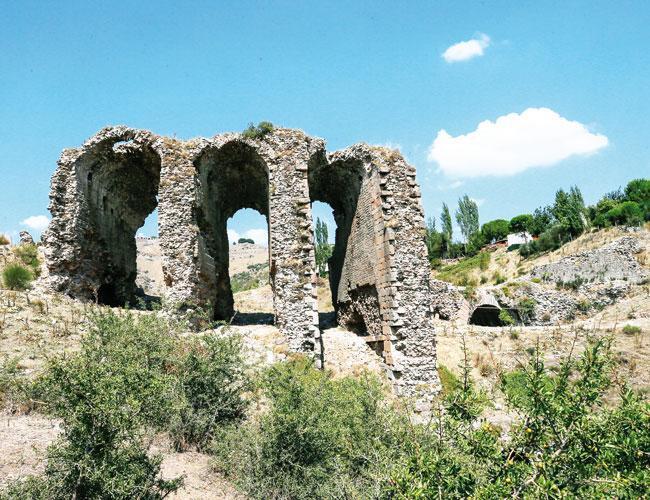Turkey’s ‘Colosseum’ to reunite with sun
İZMİR

The Pergamon Amphitheater in the Antique City of Bergama, which attracts attention with its similarity to the Colosseum in Rome, will emerge after five years when works are done.
Dating back to the 7th millennium B.C., the ancient city of Bergama is home to world famous historic artifacts such as the Athena temple, the Zeus altar, the red courtyard and the Asklepion.
It is even possible to see the traces of the Ottomans in Bergama, where Hellenistic and Roman artifacts also exist.
Asklepion, where the first psychotherapy method used in the world, the red courtyard, which is one of the seven churches mentioned in the Bible are among the attractions in the ancient city of Bergama, where the biggest library in the Asian continent was established and the first parchment production in history took place. The site entered the UNESCO World Heritage List in 2014 as a “Multilayer Cultural Landscape Area.”
Local and foreign tourists show interest in Bergama every season of the year. According to the figures provided by the Bergama Museum Directorate, 101,000 people are living in the district in İzmir and it received 124,000 tourists in the first half of 2018.
The Pergamon Amphitheater believed to have been established in the 1st century A.D., has received damaged throughout time but ruins still exist there.
Excavations this year unearthed the arena and the wall of the amphitheater for the first time, which caused excitement in the world of archaeology.
The goal is to unearth the amphitheater, which is covered with plants, in five years.
Head of the Bergama excavations, Professor Felix Pirson told Anadolu Agency that Bergama’s city planning was a unique example.
Stating that he had been in Bergama for 12 years, Pirson said that they worked in the acropolis in the past and this year they focused on the Roman Empire artifacts in Bergama.
“The Roman Empire gave great importance to the city, where the artifacts of the Pergamon Kingdom were kept very well. The empire wanted to make a similar of the capital Rome in Bergama and organized the architecture in the city according to this plan. One of the most determinant features is the Pergamon Amphitheater, which is like the twin of the Colosseum in Rome.”
He said that Bergama was a popular town in the Hellenistic era, too, and added,” There was a powerful king family here at that time.
This family had very good relations with Rome. Bergama gained important at the time of Rome. We estimate that the Roman Empire realized such a construction program with the local aristocracy.”
Maritime War events organized
Archaeologist and architecture historian İhsan Yeneroğlu said that they worked to unearth the Pergamon Amphitheater. He said that events such as gladiator fights and animal hunting shows were made in the amphitheater, and continued:
“There are very few amphitheaters where maritime wars were made. When compared to the Colosseum in Rome, The Pergamon Amphitheater is smaller in size but the most important feature in common is the maritime wars. This year we found the arena and the wall of the amphitheater. The arena and the wall were plastered with waterproof mortar. A stream passes through the amphitheater through a channel.”
















